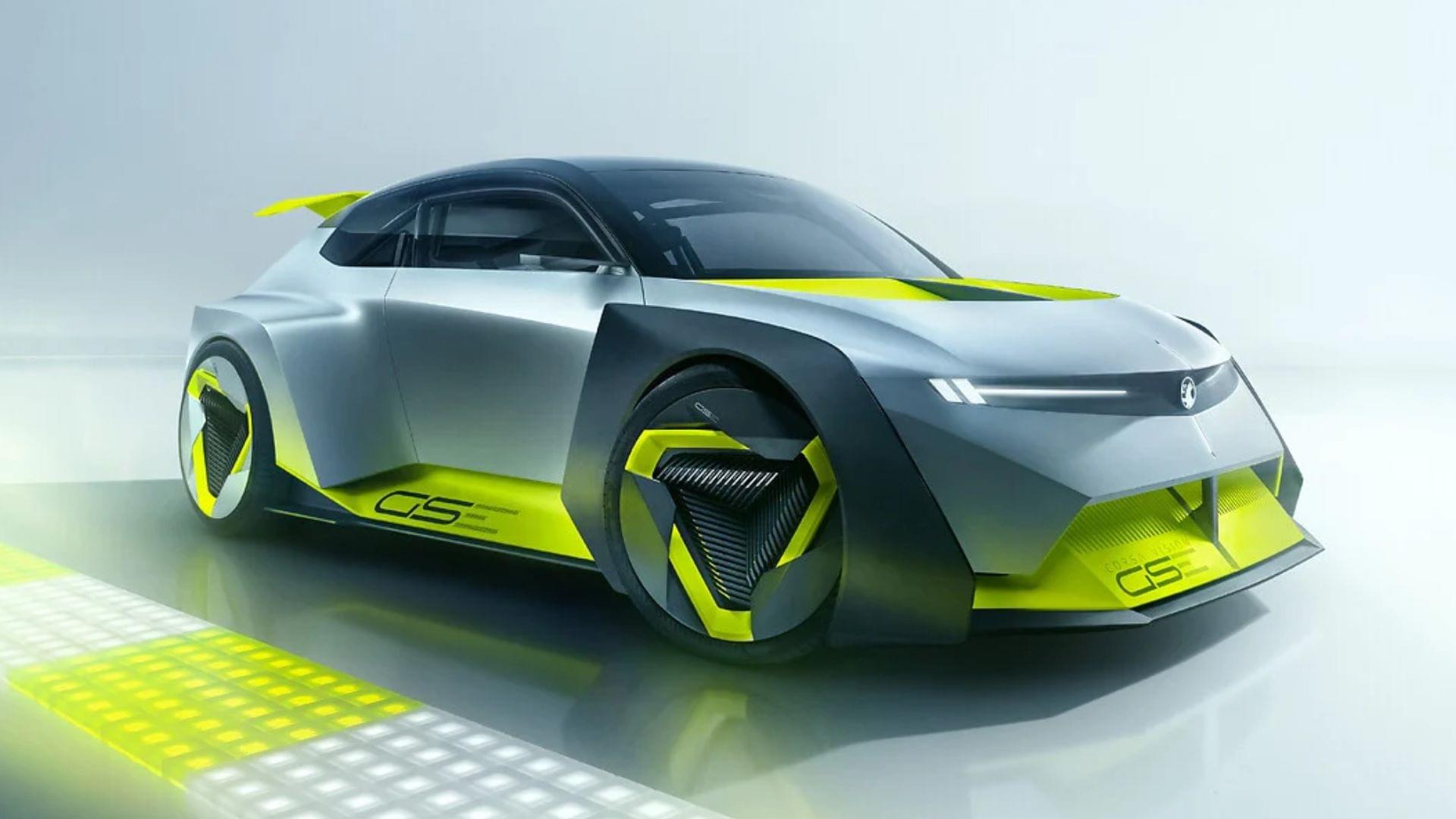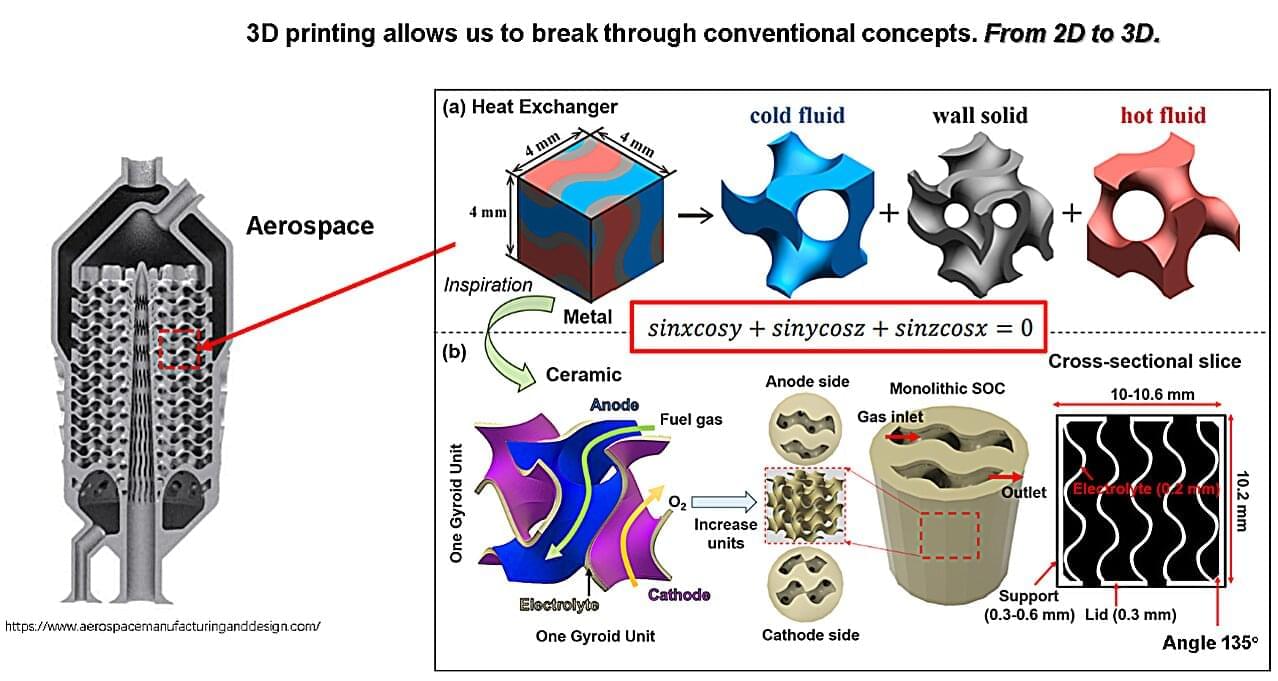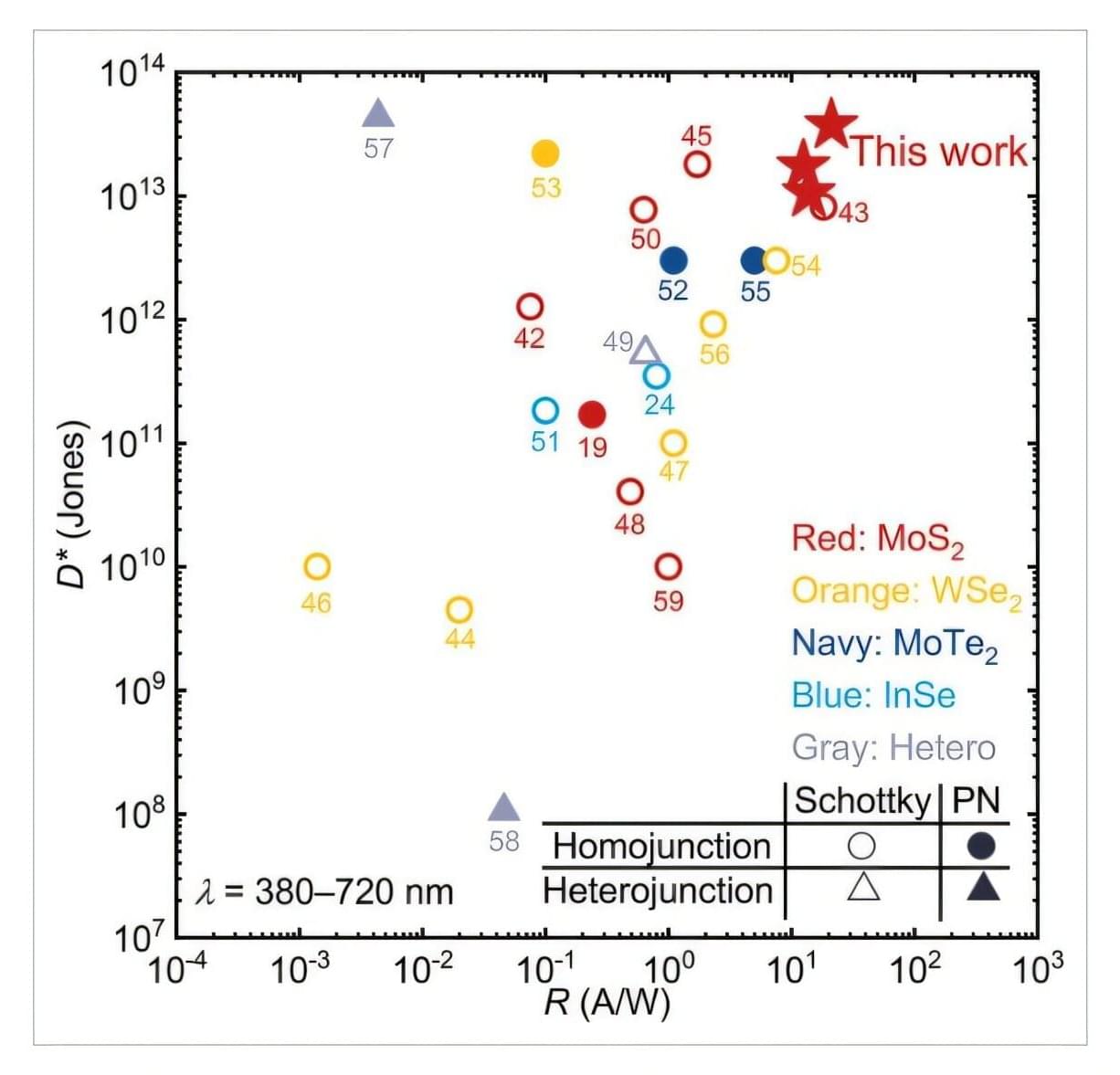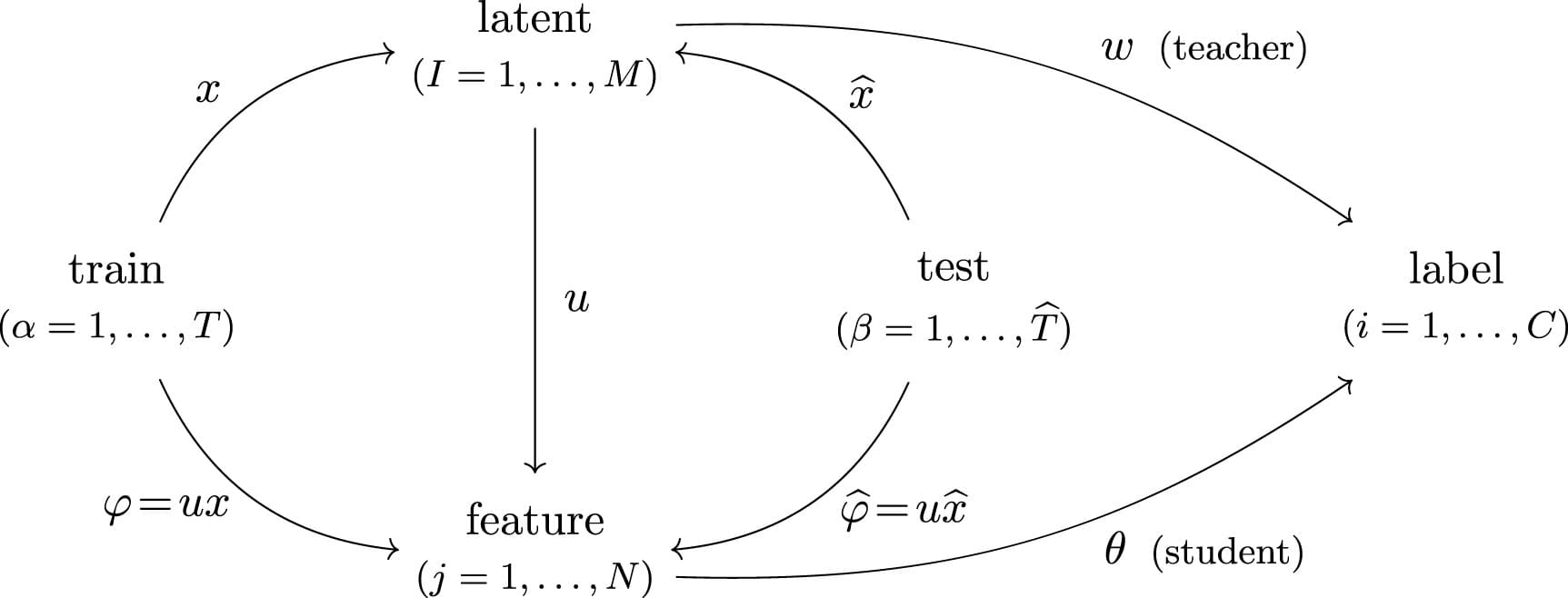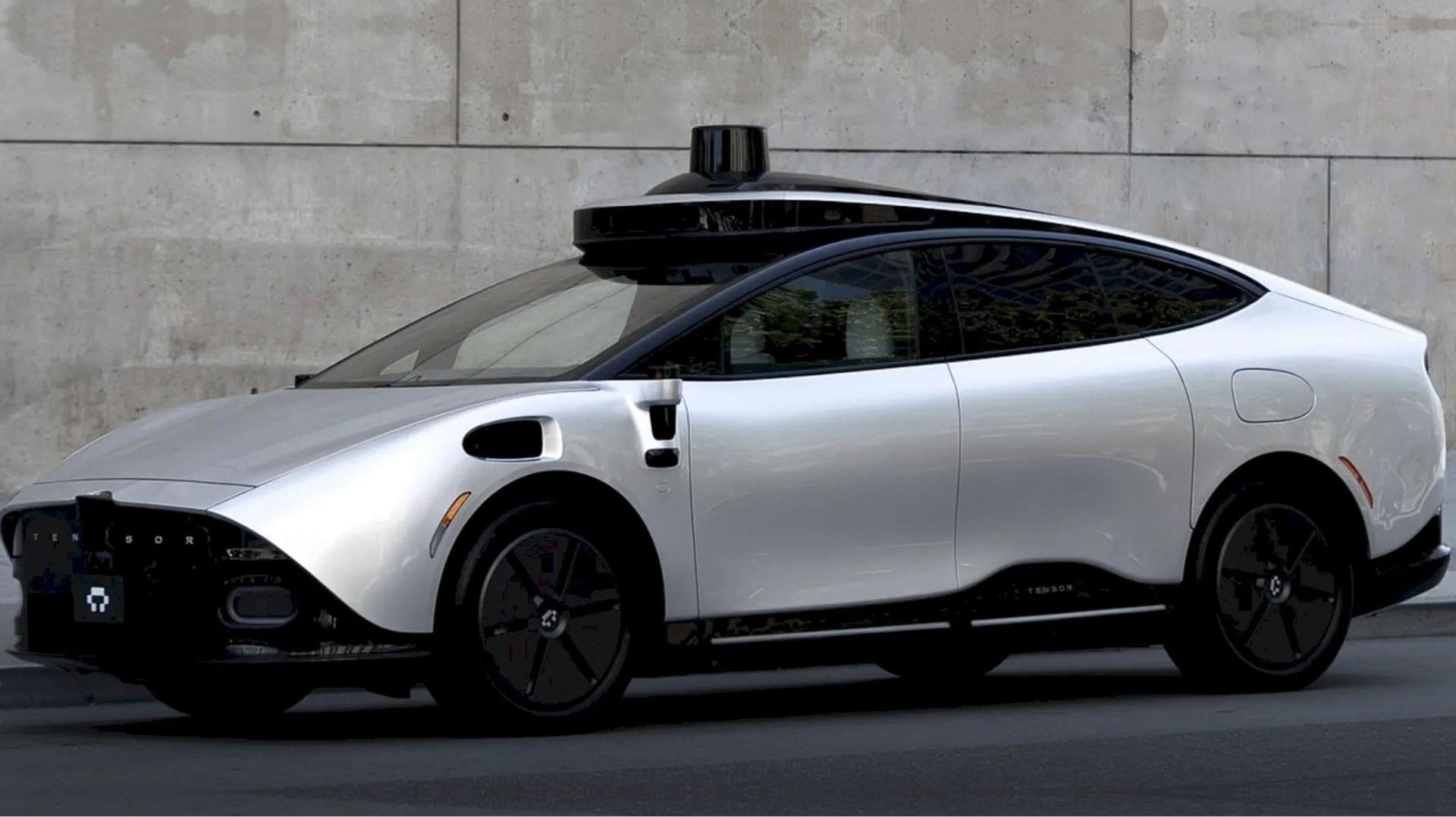End of the road for GPS? Image-based AI tool cuts navigation errors by nearly 40 times.
Global reliance on GPS has grown to the point where outages or signal interference can have serious consequences. From logistics and delivery fleets to aviation and defense, industries depend on precise navigation.
Yet GPS signals are vulnerable. Tall buildings, tunnels, jamming devices, or even atmospheric conditions can cause disruptions. By providing a GPS-free alternative, PEnG could make navigation more resilient and reliable.
The Surrey researchers argue that their work is as much about everyday convenience as it is about safety.

